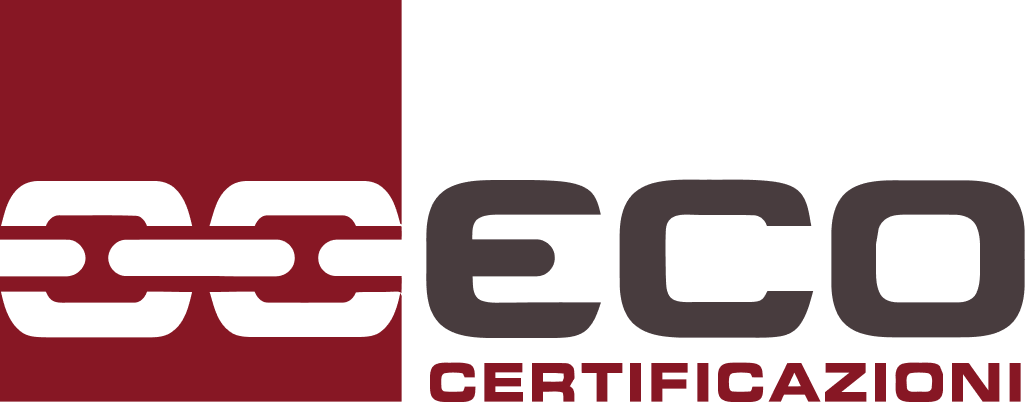RoHS II Directive 2011/65/EU
The 2011/65/EU Directive, better known as RoHS II (Restriction of Hazardous Substances) is relative to the usage restrictions of specific hazardous substances in electrical and electronic apparatus (AEE), and incorporated in Italy with Lgs. Decree n. 27 of 4 March 2014.
Field of application of the RoHS II Directive
Directive 2011/65/UE limits the use of some substances (lead, mercury, cadmium, hexavalent chromium, polybrominated biphenyls (PBB) and their ethers (PBDE)) in the production of electrical and electronic apparatus and their components, the conformity of which must be certified by the application of the CE mark.
Recipients
Therefore, all the companies that produce, assemble, distribute, or import AEE, so as to avoid sanctions or having their products taken off the market, must conform with these obligations.
The management of RoHS conformity is a complex issue for every company, whether large or small, as it involves the compilation of a notable quantity of information on the substances contained in the AEE, a constant dialogue with one’s own suppliers, the involvement of every company department and figure and, in more complicated cases, even the verification of the product conformity by means of chemical analysis.
Differences compared to the ROHS I
Compared to the 2002/95/EC Directive, the RoHS II is a directive in and of itself (and no longer related to the RAEE Directive): compared to the previous formulation the connections to the RAEE were eliminated, for example, concerning the list of apparatus included in the field of application, which is instead defined in Annex I of the new directive.
To this view, the field of application of the new directive is substantially expanded with the addition of a new category that includes all the AEE not covered by any of the other 10 categories (open scope).
AEE categories regulated by the RoHS II
- Lighting apparatus Large appliances
- Small appliances
- Informative and telecommunications equipment
- Cconsumer equipment
- Electric and electronic instruments
- Toys and equipment for free time and sports
- Medical devices
- Monitoring and control instruments, including instruments for industrial monitoring and control
- Automatic vending machines
- Other AEE not included in the categories listed above
ECO Certificazioni offers testing activities on the basis of the requirements of specific international regulations to determine the content of hazardous substances in the materials. The tests are conducted on materials, components, parts of products and finished products.

